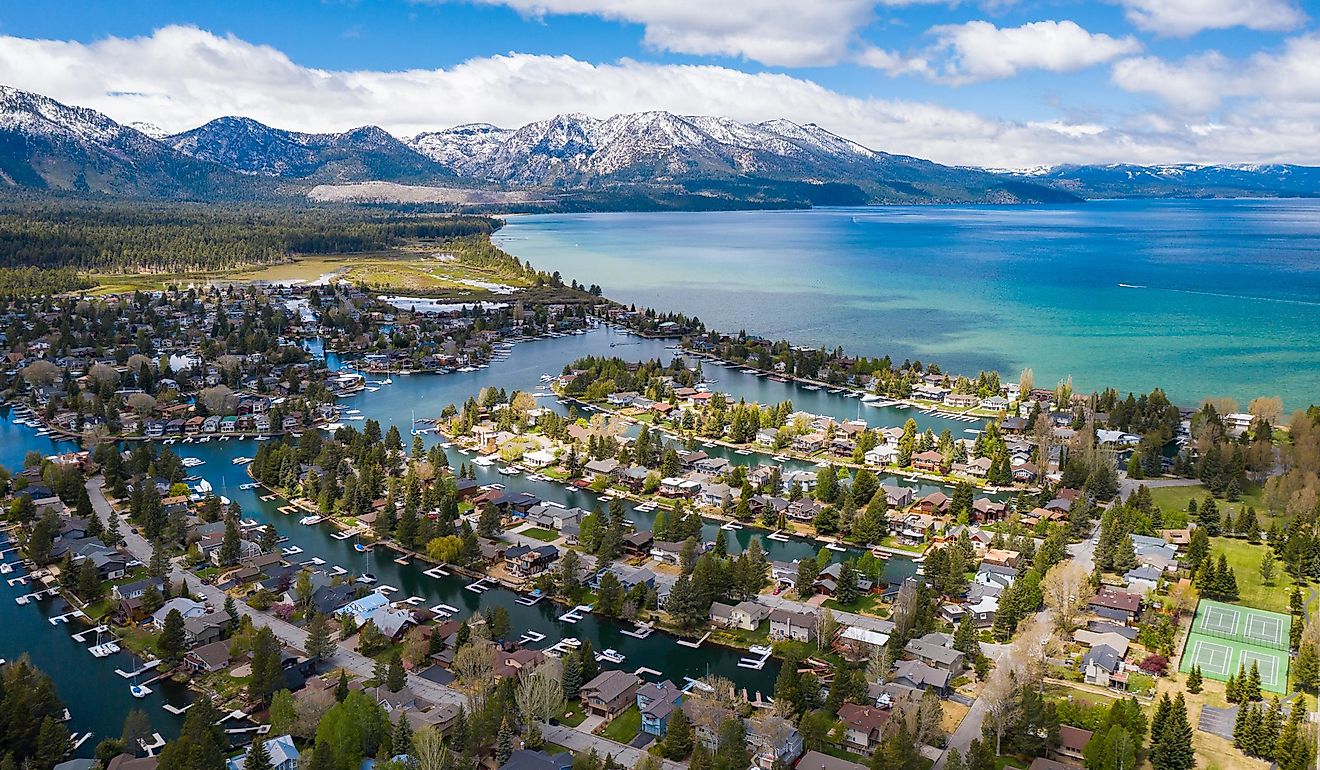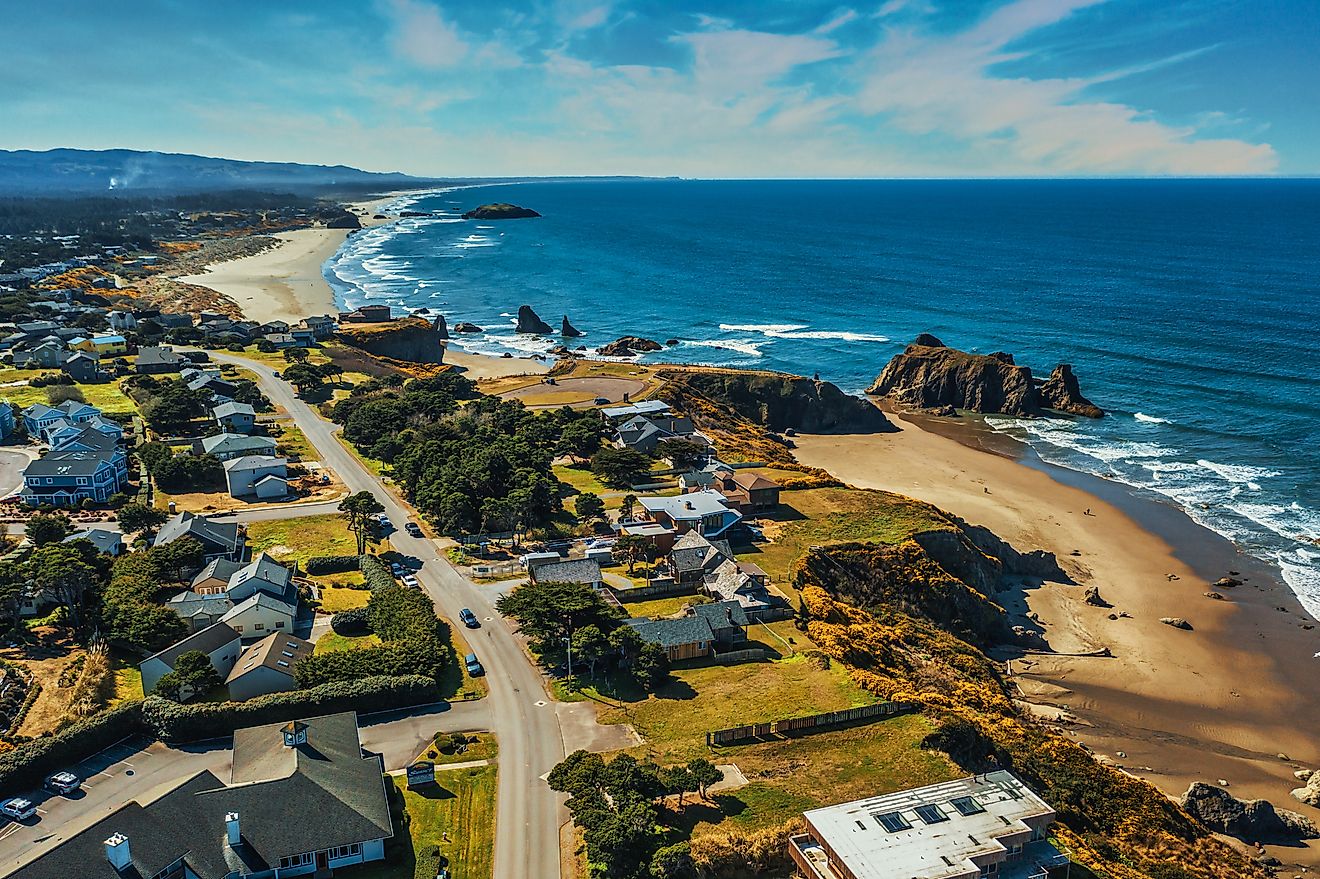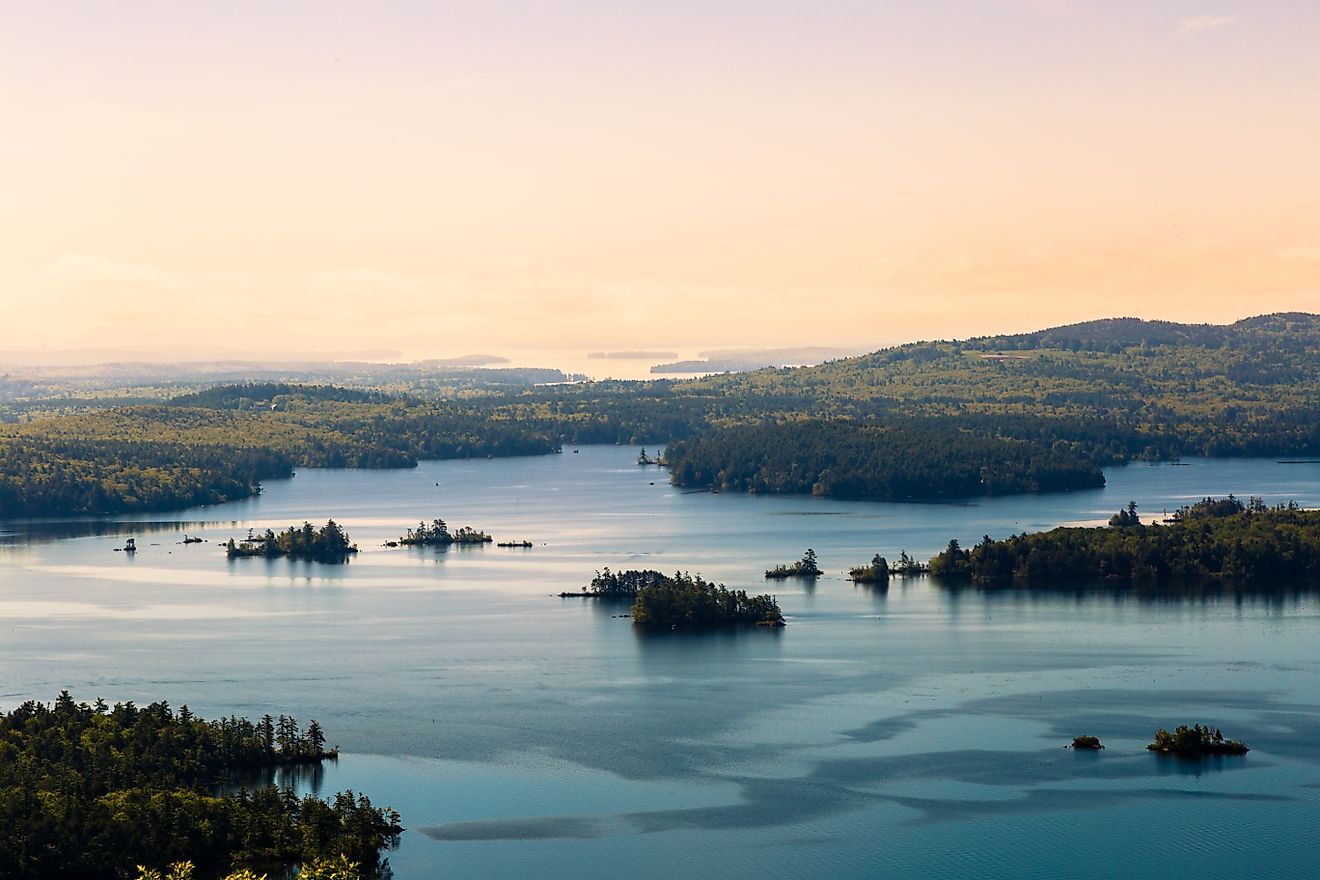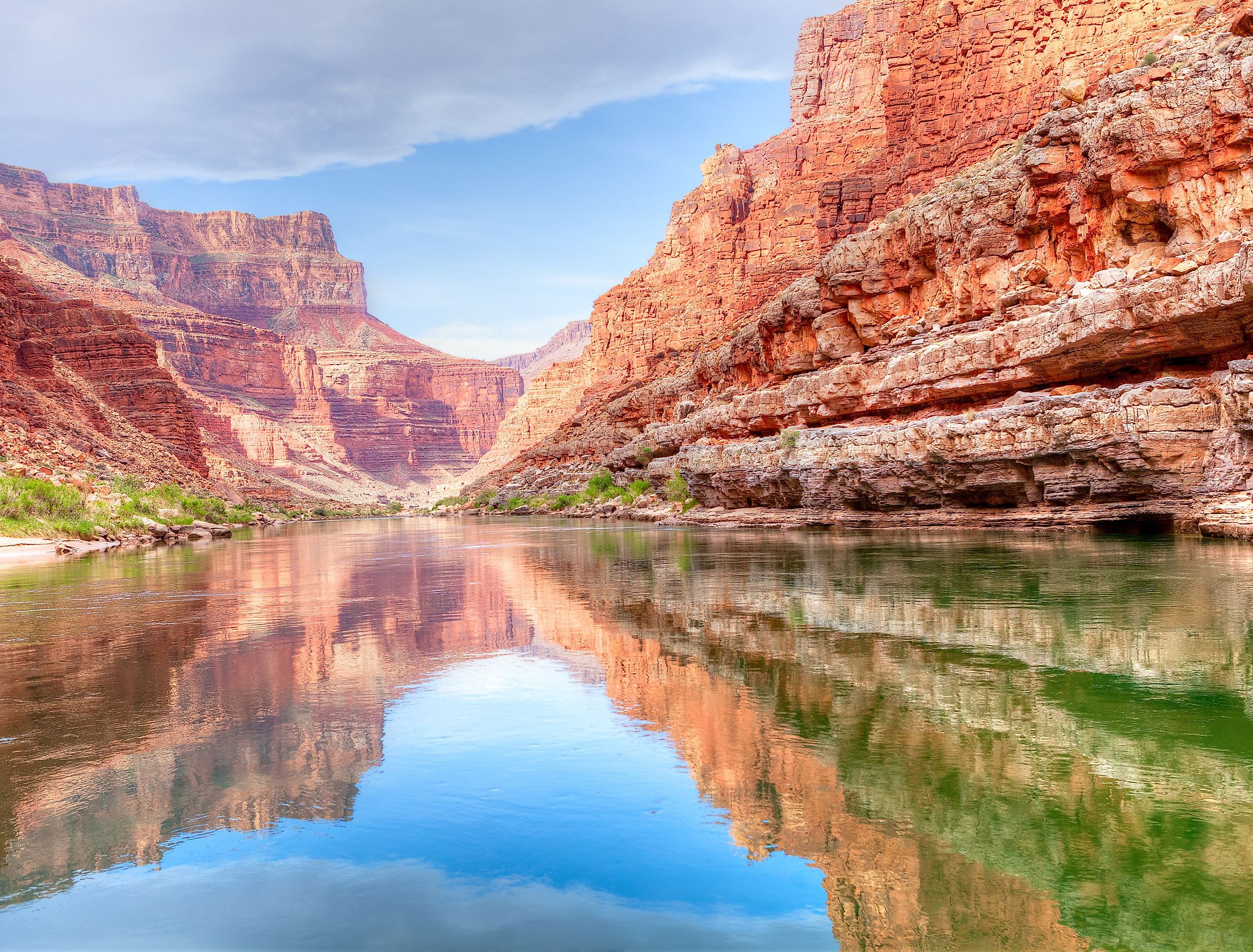
4 Major US Rivers That Are Drying Up
As rivers around the world dry up, people are taking notice. Some of these rivers have long been known for their beauty and recreational activities, but with significantly less water flowing through them, it's hard to maintain those attractions.
In some cases, dried-up river beds can even cause problems with infrastructure. Fishermen, farmers, and even entire cities rely on these natural waterways for sustenance and income. Unfortunately, due to a variety of factors including climate change, pollution, and over-extraction of water resources, many rivers are in danger of drying up.
Here are four rivers around the US that are at risk of disappearing.
The Colorado River
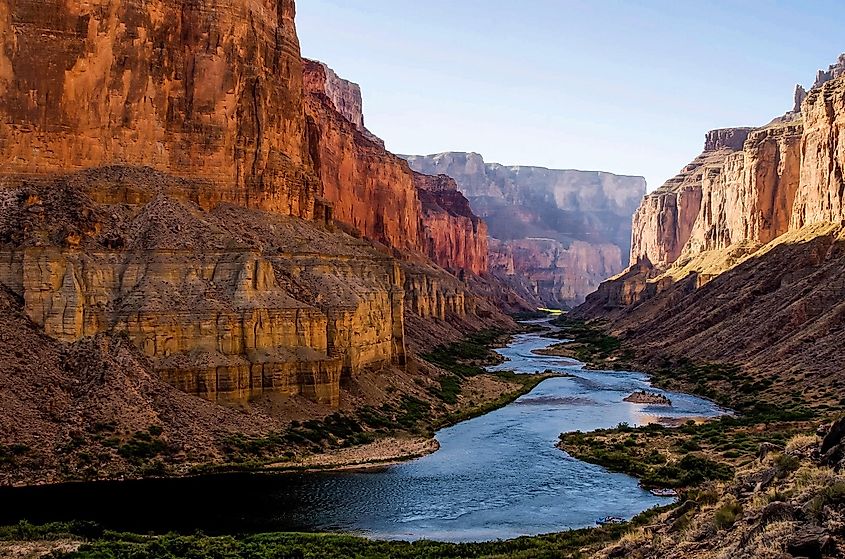
The Colorado River is one of the most important rivers in North America. It supplies water to thirty tribal nations and seven states. But due to years of drought, increased demand from growing populations, and antiquated river management, the river has been steadily shrinking.
In fact, it is said that the Colorado river is expected to reduce river flow by 10 to 30 percent by 2050. Unless drastic measures are taken to conserve water, the Colorado River could dry up completely within the next 50 years.
The Mississippi River
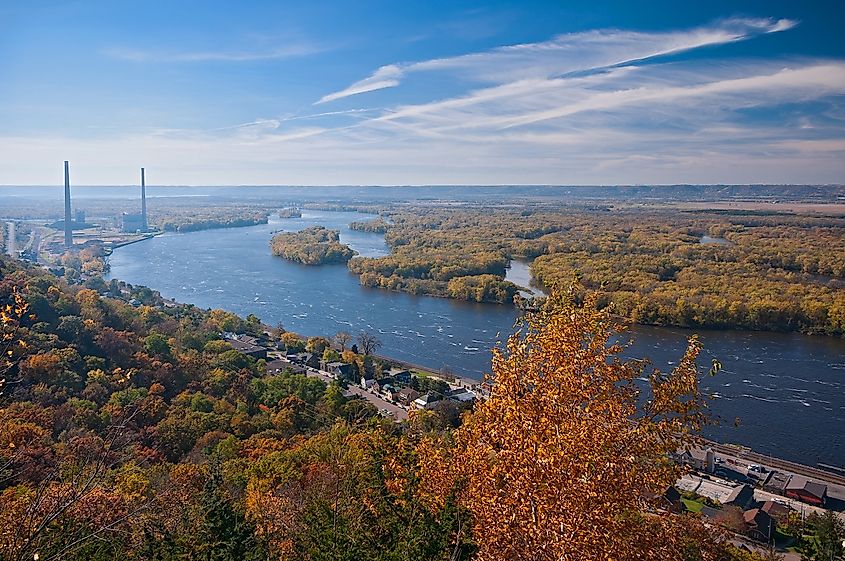
The mighty Mississippi river is one of the longest rivers in the world, and it's responsible for draining a huge portion of the United States. But lately, it seems like the river is drying up.
There are a few reasons why this might be happening. One possibility is that habitat devastation and greenhouse gasses, mixed with environmental influences, have begun to decimate the river.
The Mississippi river basin has experienced below-average precipitation for the last few years, which means that there's less water flowing into the river.
Another possibility is that there have been more withdrawals from the river than usual. This could be due to things like increased irrigation for agriculture or more water being used for fracking operations.
Whatever the cause, it's clear that something is causing the Mississippi river to dry up. This is a problem for the many people and businesses who rely on the river for transportation, recreation, or even just as a source of drinking water.
It's possible that the river will eventually return to its normal level, but it's also possible that this is the new normal. Either way, it's important to keep an eye on the situation and be prepared for whatever comes next.
The Snake River
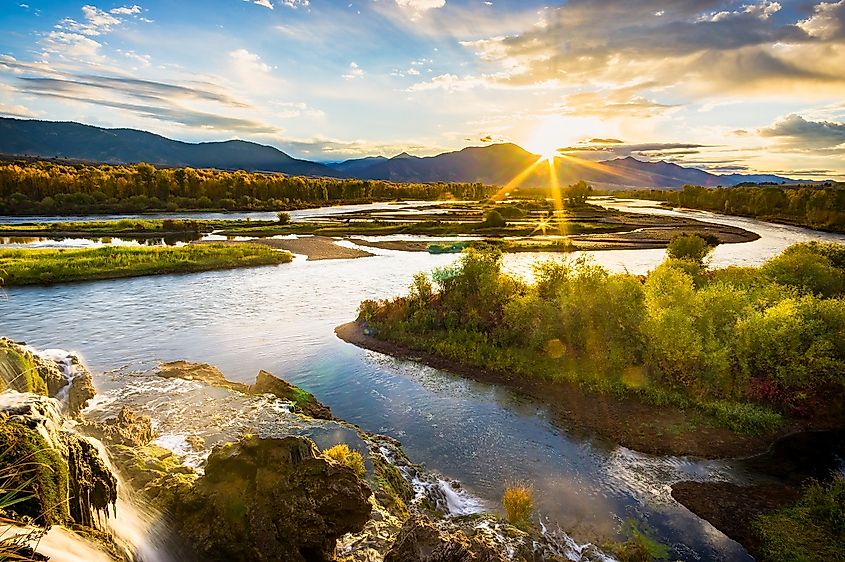
The Snake River is one of America's great Rivers. It runs through the heart of the Pacific Northwest, from the mountains of Idaho all the way to the Columbia River in Washington. For centuries, it has been an important part of life in the region, providing a vital transportation route and source of water for irrigation.
But now, the Snake River is in trouble. Due to a combination of factors - including pollution and allocation - the river is drying up. In some places, the river is afflicted by algae occurrences, destroying fish, and triggering warnings for people and their animals to not go into the water.
This is a huge problem for the people and wildlife that depend on the river. And it's only going to get worse as time goes on.
So, what can be done to save the Snake River? That's a question that scientists, environmentalists, and policymakers are all trying to answer. But it's clear that we need to act quickly and decisively if we want to keep this vital river flowing.
The Mobile River
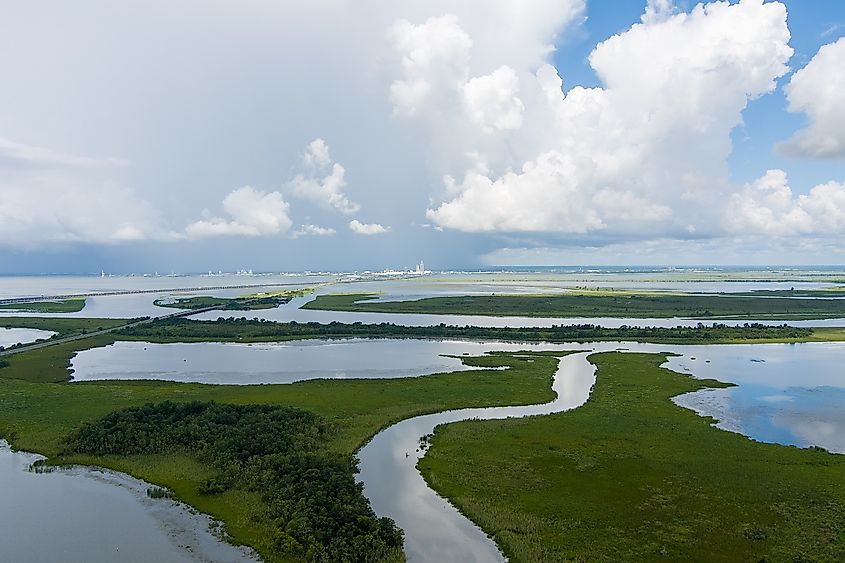
The Mobile River in Alabama is one of the most iconic rivers in the United States. It's also one of the most important rivers in the country, providing water to millions of people and supporting a booming economy. But the Mobile River is in trouble. It's drying up.
The problem has been building for years, but it's reached a critical point in recent months. The cause of the problem is complex, but it boils down to three main factors: drought, human activity, and mismanagement.
Drought has been a major problem in the Southeast for several years, and it's taken a toll on the Mobile River. The river depends on rainfall to keep it flowing, and, due to climate change, there just hasn't been enough rain lately.
Meanwhile, human activity is making the problem worse. The construction of dams and levees has changed the way water flows through the river, and wastewater discharge from factories and sewage treatment plants has increased the amount of pollution in the river.
Failure to adequately protect the Mobile River due to mismanagement will lead to environmental devastation and a loss of billions of dollars.
The effects of the river's decline are being felt throughout the region. Businesses that rely on the river are struggling, fish populations are declining, and drinking water quality is at risk.
The Mobile River is an important part of the Southeast, and its decline is a serious problem. But there's still hope for the river. With proper management and conservation, the Mobile River may be restored to its former glory.
In Summary
While we can’t change the fact that these rivers are drying up, we can help raise awareness and maybe even find some solutions. If you know of any ways to help save these rivers, please share them in the comments below. We hope this article has given you a better understanding of the problem and how it is affecting our natural landscape. Stay tuned for more content on environmental issues – your input is always welcome!


